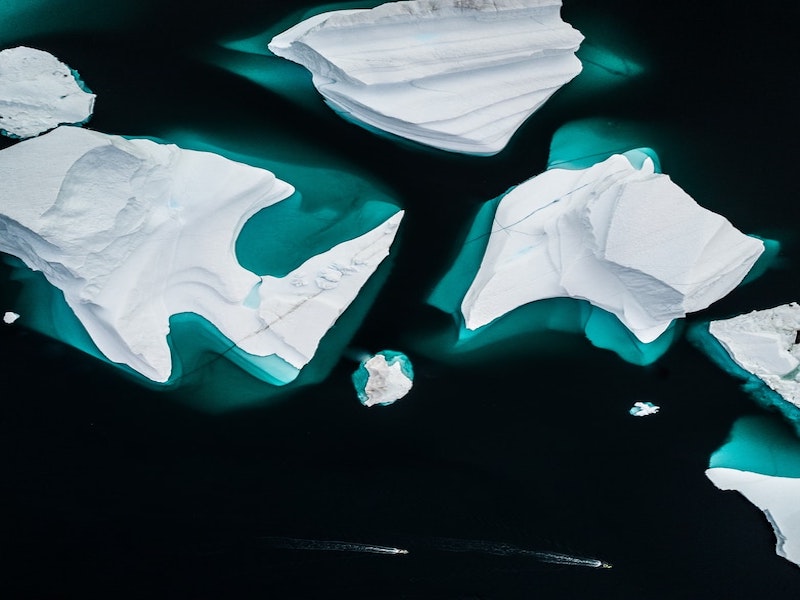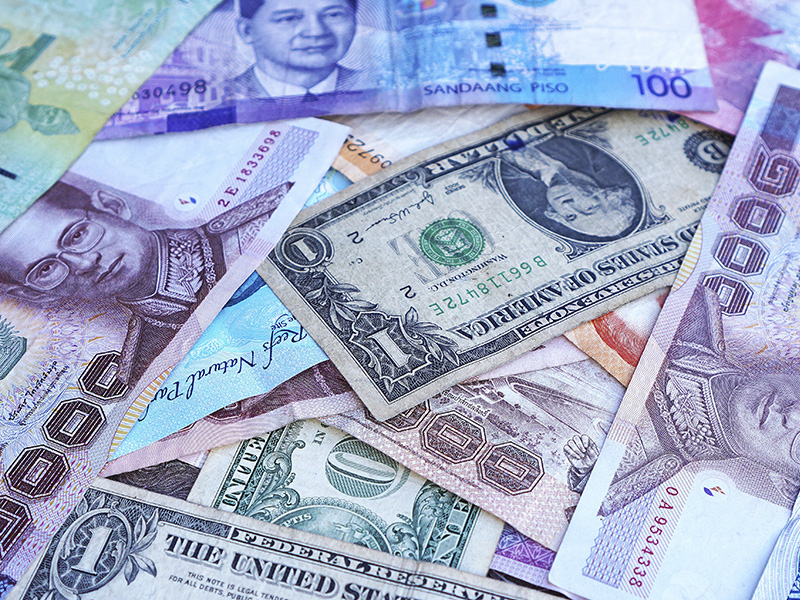Canadian Arctic sovereignty is an increasingly vital, yet particularly understated, aspect of Canada’s identity, security, and prosperity. Investing in Canadian-built infrastructure and protecting autonomy over Canadian Arctic land and its resources is critical to the country’s future. However, Canadian federal governments, both past and present, have put forward vague policies and inadequate funding to assist with developing and defending the country’s north.
Canada has 162,000 kilometers of Arctic coastline, with forty-percent of the country’s landmass located in its three northern territories. The region is one of Earth’s last frontiers for natural resource development – diamond, gold, oil and gas, base metal and iron ore deposits are all largely untapped. The reason federal governments usually give for their lack of investment in the region is that the Canadian Arctic is a vast, remote, harsh, and critically underdeveloped place where few want to live or work. However, making these excuses will only benefit other states that see the Arctic’s potential. Nordic countries have already taken steps to utilize the inhospitable climate to their advantage, with projects that economically benefit their northern communities while also firmly establishing a national presence in the Arctic. Examples include Finland, where companies are able to test their autonomous vehicles at the Arctic VTT Technical Research Centre, or in Norway where the city of Tromsø has established itself as a hub for telehealth and biotechnology research. Seeing these examples, Dr. Jessica Shadian of Arctic360 correctly surmises that, “Canada’s missing Northern innovation vision is on the cusp of being Canada’s missed opportunity.” The recently drafted federal budget does allocate funds towards education, food security, and infrastructure projects in the region. This assistance, while welcome, is largely reactionary to the longstanding inequalities faced by northern residents who have yet to see a plan or meaningful action that creates a long-term strategy for sustainable economic development.
Turning to defense, the federal government’s $510 billion 2021 budget had a meager $163 million designated to support North American Aerospace Defense Command’s (NORAD) modernization over a five-year period. A Cold War-era organization, NORAD is a joint effort between the United States and Canada that provides aerospace protection for North America, with the U.S. providing the majority of personnel and funding. A more meaningful and sustained defense commitment from Canada – whether it be to NORAD or other Arctic defense operations – could go further in dissuading potential international adversaries from encroaching upon Canada’s Arctic region. It’s imperative that the federal government and the public at large start taking notice. The North is warming at about 3 times the rate of the global average, and the resultant geographic changes are making the land more accessible to non-Arctic nations looking to take advantage of untapped natural resources, shipping routes, and other economic opportunities. Other countries have already begun, and will continue, to take advantage of Canada’s relative passivity on this critical geopolitical issue.
With potential new shipping lanes through the Arctic opened by climate change, China is looking to add a “Polar Silk Road” to its overall Belt and Road Initiative – a $575 billion (USD) global plan that utilizes loans from Chinese state banks to fund the building of various infrastructure projects. China, despite being a non-Arctic state, is increasingly active in the polar region and became an observer member of the Arctic Council in 2013. China has been working with Russia to investigate the possibility of expanding the development of oil and gas, mining, fishing, and tourism in the Arctic region.
Canada’s claim to its Arctic land area is secure for now, but the fact that the majority of the land is uninhabited and virtually undefended raises the distinct possibility that it may not remain this way for much longer. More importantly, although there is international consensus about Canadian Arctic land borders, the channels and straits — particularly the Northwest Passage — are not universally recognized as Canadian. In April 2021, Russia filed a submission to a United Nations Commission extending a claim to the Arctic Ocean seabed that would grant them exclusive access to resources below it. The new submission, if approved, would push Russia’s claim right up to Canada’s exclusive economic zone – an area 200 nautical miles from the coastline, in which Canadians have sole rights to fishing, drilling, and pursuit of other economic activities. Russia’s proposal expands its original claim by approximately 705,000 square kilometres. In effect, it’s claiming most of the Arctic Ocean as its own continental shelf. Russia has also already made strides in commercializing the Northern Sea Route, which stretches above that country’s northern coast, from the Bering Strait to the Barents Sea, investing in ports and infrastructure along the way. The route is proving to be viable: in 2020, despite COVID-19 and the global economic downturn, a record 32 million tonnes of goods were shipped using parts of this route, with Vladimir Putin setting a target of 80 million tonnes by 2024.
For far too long, Canada has neglected the Arctic. There is little national presence there, a dwindling defense commitment to it, and the well-being of its inhabitants has been overlooked, leaving them to tackle enormous challenges on their own. Global powers are already eyeing Canadian land and the resources that come with it – resources that could be used to economically benefit Canada’s own northern communities. Dedicating more funds to defense and establishing a national presence in the area through infrastructure development are just the beginning of many broad mandates the government should undertake to protect this Canadian territory that could very soon become an internationally sought-after source of wealth.
Iceberg at Scoresby Sund, Greenland from above (2018), by Annie Spratt via Unsplash. Public Domain.
Disclaimer: Any views or opinions expressed in articles are solely those of the authors and do not necessarily represent the views of the NATO Association of Canada.




